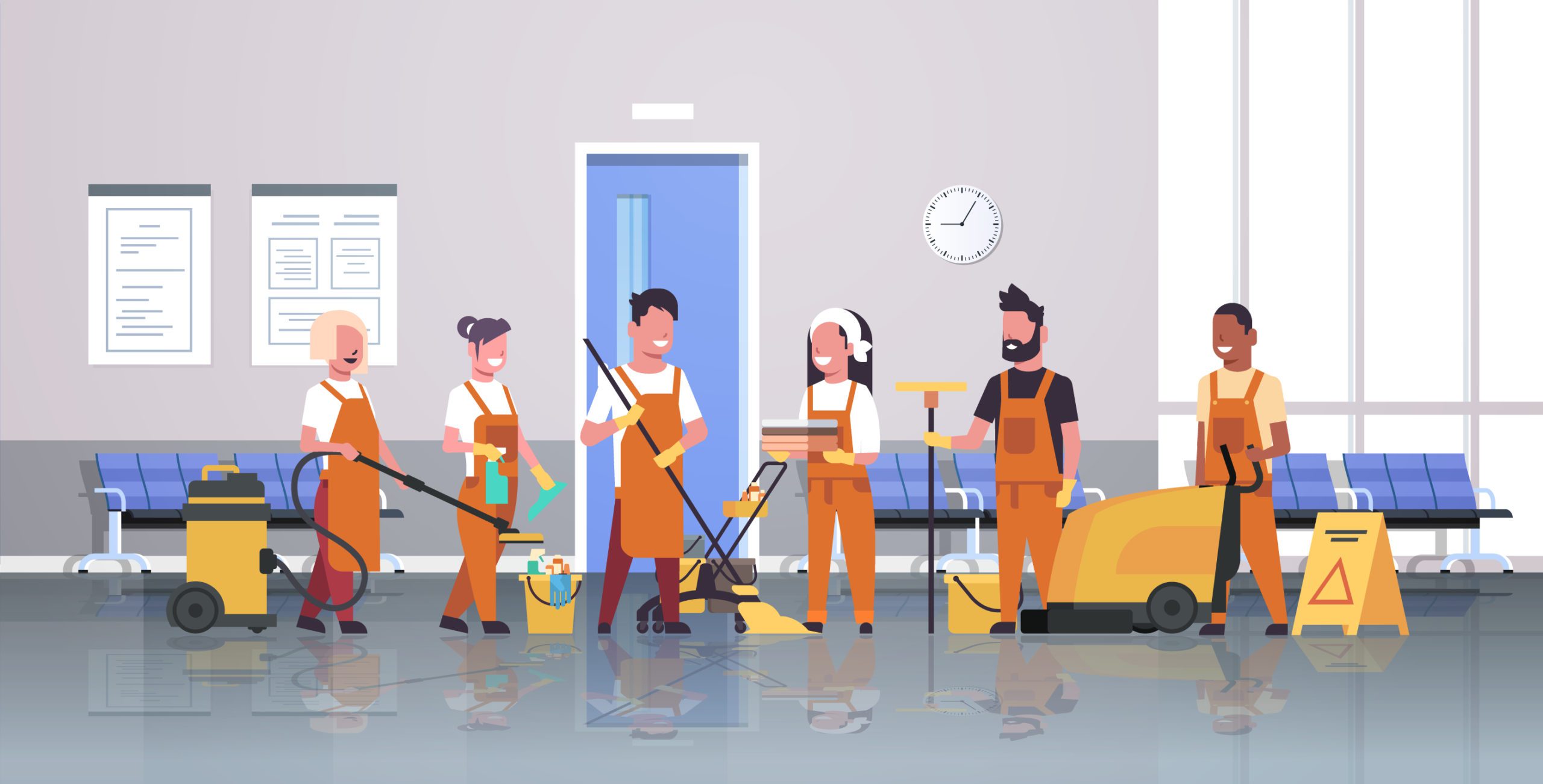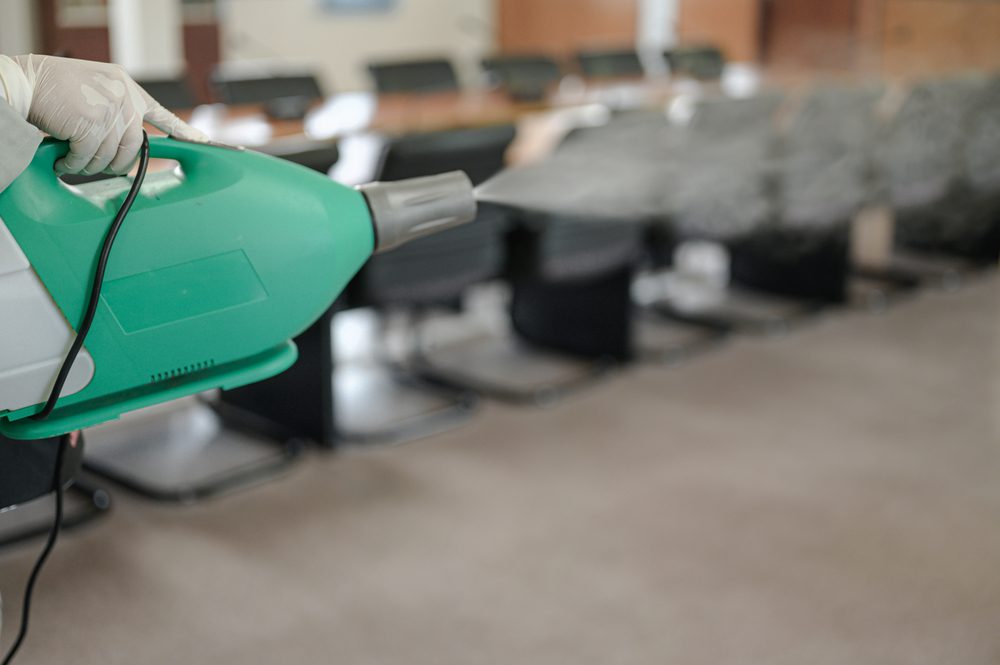Since 2000, analytics firm Gallup has tracked employee engagement levels in the United States. The percentage of engaged employees, defined as workers who are highly involved in, enthusiastic about and committed to their work and workplace, is typically 35%, with more than half reporting they are not engaged and more than 10% being actively disengaged. While these figures fluctuated during a tumultuous 2020, the levels typically only shift by a few percentage points from quarter to quarter or year to year. With only about a third of employees engaged, organizations face challenges related to retention and performance.
The cleaning industry has its own unique set of hiring and retention obstacles. Cleaning roles can sometimes feel repetitive and thankless. Thus, facility managers need to understand ways to engage employees who have been in their roles for years or decades. These employees have become experts at cleaning and have the power to inspire the next generation of professional cleaners. Read on for specific employee engagement tips you can implement to improve your cleaning program.
Tips for Retaining the Right Talent
Consider the following strategies for retaining experienced employees:
Provide high-quality and durable tools and equipment.
Cleaning tools and equipment are intended to help workers clean more effectively and efficiently, but if they’re in poor shape, they can actually create more work and frustration for employees. High-quality equipment can even help reduce repetitive motions that can lead to muscle soreness or injuries. In addition to providing new sets of tools to recent hires, it’s important to also review the tools that your more seasoned employees are using so they feel valued and supported in their roles.
Promote workplace safety.
Today’s employees are increasingly concerned about their wellbeing in the workplace. They want to know that their employer has practices in place to protect them from harm. Clearly communicate the ways in which your facility is prioritizing safety, from using cleaning chemicals that are free of fragrances and caustic ingredients to opting for floor care equipment with quality squeegees that reduces slip-and-fall hazards. Promoting a culture of safety can keep workers focused on their tasks and eliminate fears that can impact engagement.
Invest in ongoing training.
Providing opportunities for training is crucial, especially given the fact that some of your long-term employees are likely to rise into leadership roles at some point in their careers. They will be given more responsibilities and relied upon to oversee other workers, some of whom may be newer to the industry. Regularly conducting hands-on training will allow your seasoned employees to confidently take on management responsibilities and uphold cleanliness in your facility.
Solicit feedback from employees.
What better way to make staff members feel heard and improve your cleaning program than to solicit feedback from your team? You might discover that employees have recommendations for how to perform certain tasks or have insight on cleaning supplies that are causing frustration or strain. By encouraging and listening to feedback, you can implement changes that will enhance cleanliness, safety, sustainability and employee engagement.
Seasoned Employees Help Drive Success
The commercial cleaning industry faces high turnover rates that can impact the consistency of results and the satisfaction of those who visit your facility. A revolving door of workers can also negatively affect your company culture. For these reasons, it’s important to invest in strategies that support retention. Well-trained employees who know how to effectively maintain buildings are instrumental in keeping environments clean and people healthy and safe. By following the above best practices, you can ensure that professional cleaners will stay engaged and commit to your organization over the long term.
At GSF USA, we prioritize training to educate both new and seasoned employees about the latest cleaning and disinfecting tactics and tools. If you’d like to learn more about our commercial cleaning services, contact our team here. Follow us on LinkedIn and Facebook to learn more.


